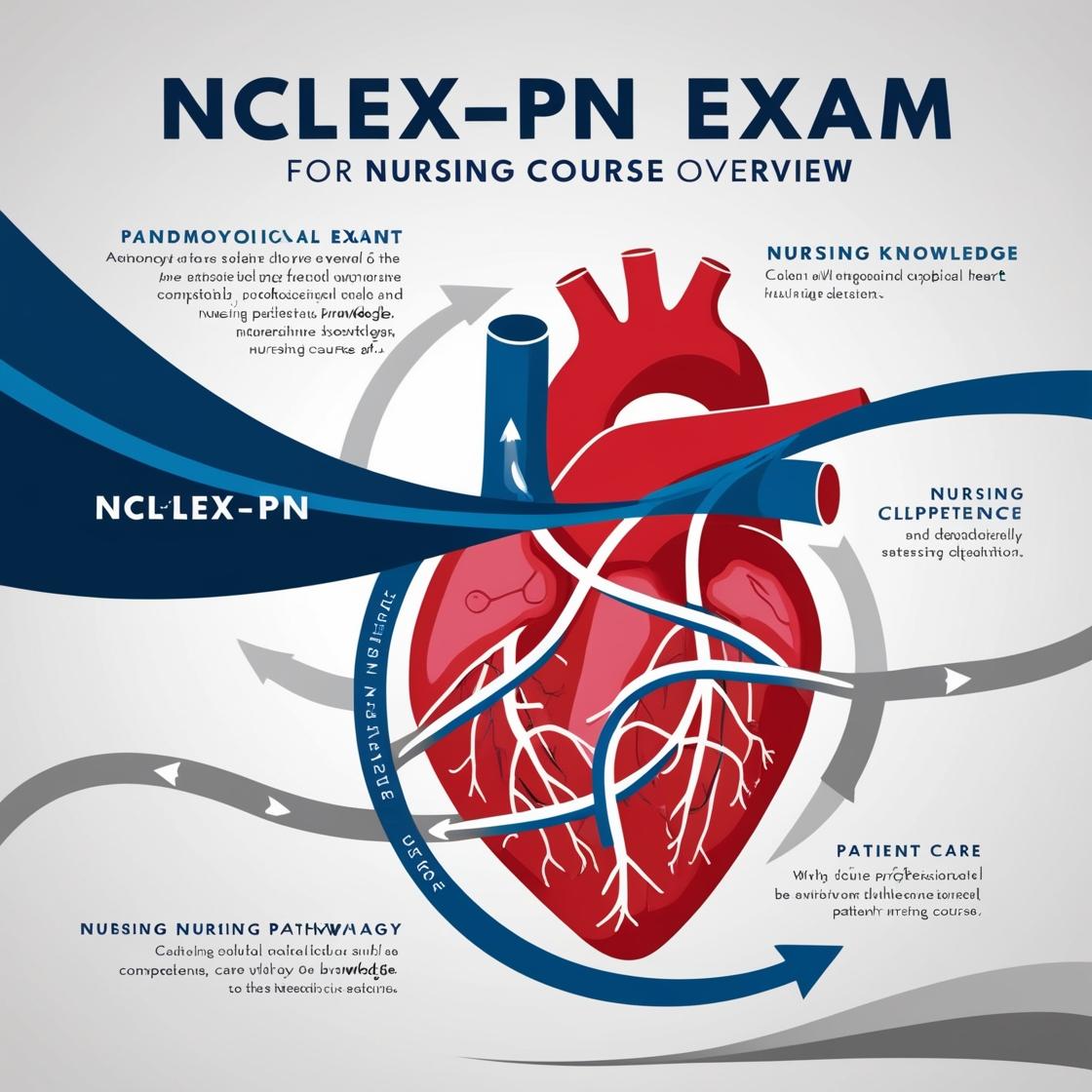NCLEX-PN
Next Generation Nclex Questions Overview 3.0 ATI Quizlet
1. After delivery, a newborn undergoes an Apgar assessment. What does this scoring system evaluate?
- A. heart rate, respiratory effort, color, muscle tone, reflex irritability
- B. heart rate, bleeding, cyanosis, edema
- C. bleeding, reflex, edema
- D. respiratory effort, heart rate, seizures
Correct answer: B
Rationale: The Apgar scoring system, developed by Virginia Apgar, an anesthesiologist, evaluates newborns based on five criteria: heart rate, respiratory effort, color, muscle tone, and reflex irritability. These parameters provide a quick and simple assessment of a newborn's overall condition and the need for immediate medical attention. Choices B, C, and D are incorrect as they do not encompass the essential elements evaluated by the Apgar scoring system.
2. Ethical and moral issues concerning restraints include all of the following except:
- A. emotional impact on the client and family.
- B. dignity of the client.
- C. client's quality of life.
- D. policies and procedures.
Correct answer: D
Rationale: The correct answer is 'policies and procedures.' While policies and procedures are essential for managing restraints, they are not in themselves ethical or moral issues. The emotional impact on the client and family, the dignity of the client, and the client's quality of life are all ethical and moral concerns related to the use of restraints. These aspects focus on the well-being, respect, and rights of the individual, which are fundamental ethical considerations in healthcare practice. Choices A, B, and C are directly tied to ethical and moral considerations by highlighting the impact on individuals involved and their overall quality of life and dignity, making them key factors to address in ethical decision-making.
3. Which of the following foods can cause diarrhea when consumed by a client with an ileostomy?
- A. eggs
- B. coffee
- C. fish
- D. garlic
Correct answer: B
Rationale: The correct answer is coffee. Coffee can cause diarrhea in clients with an ileostomy due to its stimulating effect on the digestive system, leading to increased bowel movements. Eggs, fish, and garlic are less likely to cause diarrhea in individuals with an ileostomy. However, they may contribute to odor due to the way they are digested and broken down in the body, affecting the smell of stool output but not necessarily causing diarrhea.
4. Which of the following ethnic groups is at highest risk in the United States for pesticide-related injuries?
- A. Native American
- B. Asian-Pacific
- C. Norwegian
- D. Hispanic
Correct answer: D
Rationale: Hispanic people are at the highest risk in the United States for pesticide-related injuries due to their significant representation among migrant workers in agricultural settings. Working in such environments exposes them to pesticides more frequently, thus elevating their risk compared to other ethnic groups. In contrast, Native American, Asian-Pacific, and Norwegian populations are not as commonly engaged in agricultural work involving pesticide exposure, which makes them less susceptible to pesticide-related injuries. Therefore, the correct answer is Hispanic.
5. What can happen if a restraint is attached to a side rail or other movable part of the bed?
- A. Do nothing to the client.
- B. Injure the client if the rail or bed is moved.
- C. Help the client stay in the bed without falling out.
- D. Help the client with better posture.
Correct answer: B
Rationale: Attaching a restraint to a movable part of the bed can lead to client injury if that part of the bed is moved before releasing restraints. This could result in the client getting caught or trapped, possibly causing harm. Choices C and D are incorrect because attaching restraints to movable parts of the bed is not intended to help the client stay in bed or improve posture; rather, it poses a risk of injury. Choice A is incorrect as it does not address the potential harm associated with using restraints on movable parts of the bed.
Similar Questions

Access More Features
NCLEX PN Basic
$69.99/ 30 days
- 5,000 Questions with answers
- Comprehensive NCLEX coverage
- 30 days access @ $69.99
NCLEX PN Premium
$149.99/ 90 days
- 5,000 Questions with answers
- Comprehensive NCLEX coverage
- 30 days access @ $149.99
